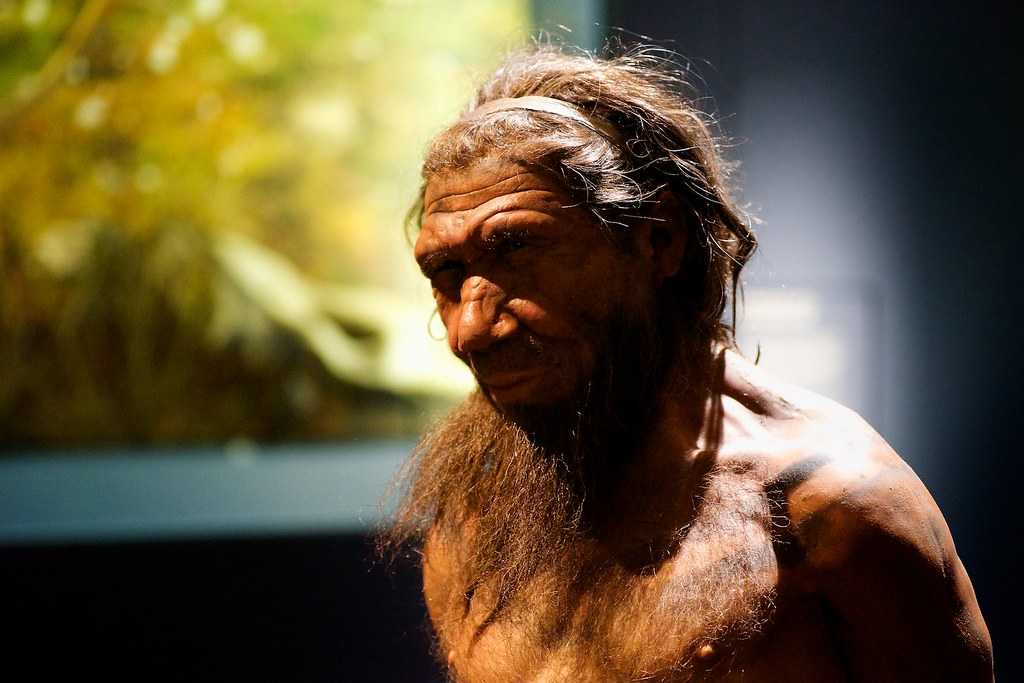A groundbreaking study uncovers how ancient humans developed new blood types after leaving Africa, acquiring traits from Neanderthals and adapting to new environments.
Key Points at a Glance
- Modern humans developed new blood types as they migrated out of Africa between 70,000 and 45,000 years ago.
- Neanderthals’ blood groups remained largely unchanged due to their low genetic diversity.
- A rare blood group variant, inherited from Neanderthals, still exists in Southeast Asian populations today.
- Unique blood group variants in ancient humans may have provided immunity to specific pathogens in different regions.
- Researchers continue to explore the role of ancient blood groups in inherited diseases like beta thalassemia and sickle cell disease.
Blood types have long played a crucial role in human survival, influencing our ability to fight off disease and adapt to new environments. A new study published in Scientific Reports sheds light on the evolution of these blood groups in ancient humans, revealing how they changed as our species left Africa and encountered new challenges in Eurasia.
The research, led by genetic anthropologist Stéphane Mazières of Aix-Marseille University, analyzed ancient DNA from 22 early modern humans, 14 Neanderthals, and one Denisovan hybrid, dating back as far as 120,000 years. By focusing on genes related to 10 medically significant blood groups, the team uncovered how these groups evolved to meet the demands of diverse climates, diseases, and ecosystems.
Blood types, determined by genetic variations that regulate immune proteins in red blood cells, have evolved to offer both strengths and vulnerabilities against diseases. For example, individuals with type O blood are less likely to experience severe malaria but more susceptible to cholera. These genetic markers have been shaped by the pathogens encountered by ancient populations.
Neanderthals, who coexisted with humans in Europe and Asia until their extinction about 40,000 years ago, exhibited little diversity in their blood groups. This is consistent with their small, isolated populations, which limited genetic variation. In contrast, early modern humans rapidly developed new blood group variants after migrating out of Africa.
As humans moved out of Africa, they paused for approximately 15,000 years in the Persian Plateau, between the Zagros Mountains in modern-day Iran. This period acted as a “genetic incubator,” allowing new blood group variants to emerge. When these populations continued into Eurasia, they encountered distinct pathogens, which further shaped blood group diversity in different regions.
“These adaptations likely helped our ancestors survive in new environments,” says Joshua Akey, a population geneticist at Princeton University who was not involved in the study.
The research also identified a rare blood group variant, known as the RHD DIII type 4, which modern humans inherited from Neanderthals during interbreeding more than 65,000 years ago. This variant, still found in some Southeast Asian populations, may have provided an evolutionary advantage in certain climates or against specific diseases.
However, not all variants survived. The genome of a 45,000-year-old Siberian individual, known as Ust’-Ishim, revealed three blood group markers that no longer exist in modern humans. This individual likely belonged to a “dead-end lineage” of Homo sapiens that left no lasting genetic legacy.
Understanding ancient blood groups could have practical applications for modern medicine. The Neanderthal-derived RHD variant, for example, is associated with hemolytic disease in newborns—a potentially fatal condition when a baby’s blood type conflicts with the mother’s.
“By studying these ancient traits, we can better understand the origins of conditions that still affect people today,” says Mazières. His team is now investigating whether ancient genomes contain mutations linked to inherited blood disorders like sickle cell disease and beta thalassemia. These diseases are known to date back thousands of years, but researchers hope to pinpoint their precise origins.
The study highlights how blood groups were part of our ancestors’ “ancient arsenal,” helping them adapt to the challenges of migration and environmental change. While the exact pathogens that shaped these traits remain unknown, the findings underscore the role of evolution in preparing early humans to thrive in diverse settings.
“Our blood group variations reflect the journeys and battles of ancient humans,” Mazières says. “But there’s still so much we don’t know about how these traits helped them survive—and against what threats.”
